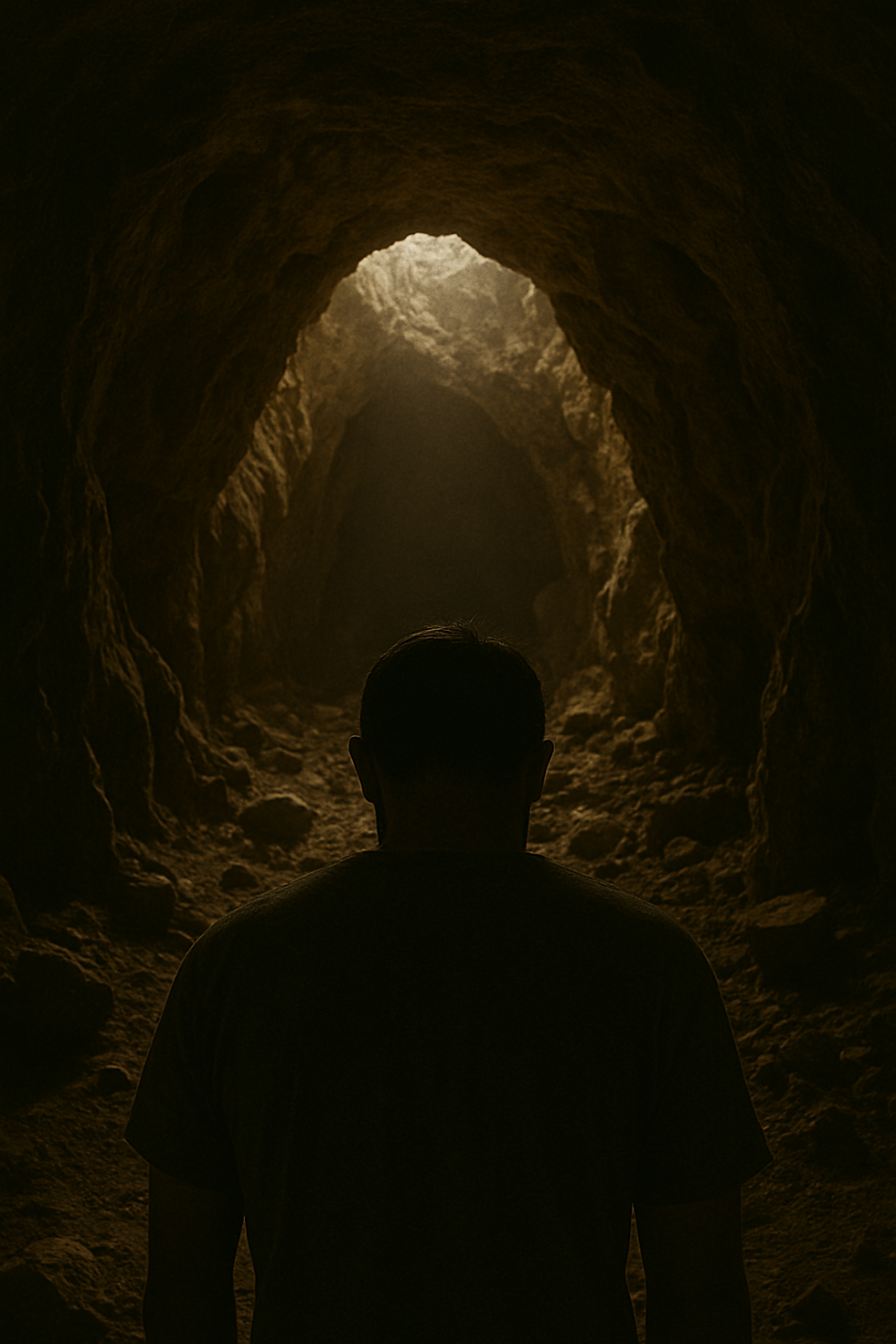Removing the Perceptual Rust (Without Contact)
- Jack Fleming
- Nov 9, 2020
- 3 min read
As clubs go back indoors in Melbourne, we are about to see the detraining effects of a 6 month lockdown. While we do talk about the drastic physical changes to our bodies, especially the tendons. This was demonstrated during the rush to return after the 2011 NFL lockout, with 12 achilles ruptures in one month.

What about the cognitive effects? The 'perceptual rust.' The impact on an athletes decision making and skill execution in how we perceive and act on information. I feel rusty driving a car after 3 weeks holiday, let alone after having 4 months off. The same will be for our players, and due to the rules there is great danger in resorting back to the only tool in our tool box being blocked practice.
Blocked Versus Random Practice

Blocked practice is when a learner performs a single skill over and over, with repetition being. the key. Variance in training is minimised or nonexistent. The learner then moves on to practice another discrete skill in the same way (Belger, 2013)
While blocked practice certainly has a place for 'getting a feel' or 'comfort and confidence' and other reasons there is evidence of significantly less transfer and retention to the perceptually demanding game of basketball. I definitely use it as a tool, but it is a long way form 5v5.
Blocked = shoot 10 shots x7 spots
Random = shoot 1 lay up, 1 3pt shot, 2 pull up jumpers etc with no pattern
The value of random practice promotes a larger movement degeneracy, the ability to perform an action in a multitude of ways without compromising function. Interacting with our environment that is a dynamic system which is ever-changing, we never really do something the same way twice. Rafael Nadal reminds us with this quote.

Repetition Without Repetition
To piggy back on from Rafael Nadal's point, Russian neurophysiologist Nikolai Bernstein coined the term 'repetition without repetition.' After studying Blacksmiths, he recognised that the best ones had the movement variability because each repetition required a unique motor pattern to solve a unique problem.
It can be seen in the picture below, which brings us to the point that there is no real perfect technique or execution. There are only tools to solve a problem, and what need is more repetition of finding a solution not repetition of repeating a solution.

"Learning is find a way, not 'the' way."
Examples of Repetition Without Repetition
Kettlebell Toss
Credit - Corey Schlesinger (Phoenix Suns)
Variable Ball Handling & Finishes
Credit - Alex Sarama
The Dynamic Warm Up
I have done the dynamic warm up in a very blocked way for a long time, and am looking forward to experimenting more with this.
Simply ask the question - how many different ways can you do this between here and half court? Credit - Tyler Yearby (Emergence)
The skip - different heights, tempos, directions.
The lunge - different stride lengths, different directions, different elements of rotation.
Pylon Exchange
Credit - Mike Mackay (Canada Basketball) and this video is from Alex Sarama.
Potential Loads
- All players have a live dribble.
- All players have when stationary at a cone be standing on one leg.
- When coach calls 'scramble' players have to change groups.
- Different sizes of the square, move it in or out.
Fly By Shooting
Potential Loads - off the dribble, off different cuts, add a passer, add a pass option.
UNLV Drill
Credit - Ian Stacker
Potential Loads - person at the front has a ball, when they kick it ahead to a coach everybody has to turn and sprint behind the line of the ball.
Closing Thoughts
I can't wait to get back on the floor in club land, I just hope we challenge ourselves as coaches to maintain the integrity of the dynamic environment that is the game of basketball through our own creativity.
I hope this stimulates some thought, and if it breaks any Covid-19 social distancing rules please adjust them as you need.
After the pandemic we face the possibility of losing a lot of athletes to the sport, the last we thing we want is to lose more because the first thing they do on return is stand in a line and be a robot for the entire session.
Blocked drills are not bad, just don't live there. It's a visual cue game. Use all the tools in your toolbox. While we remove the physical rust let's also remove the perceptual rust at the same time.






Comments